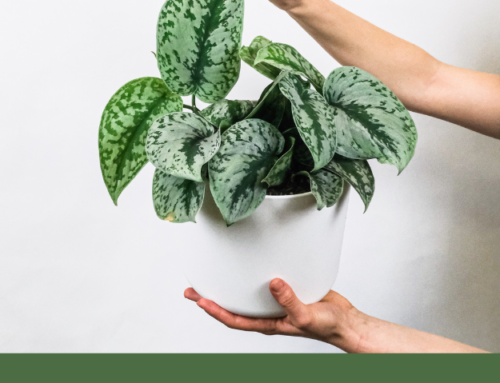Can Plants Remove Indoor VOCs?

Volatile organic compounds (VOCs) are found in indoor air, and many of these can affect human health (e.g. formaldehyde and benzene are carcinogenic). Plants affect the levels of VOCs in indoor environments, thus they represent a potential green solution for improving indoor air quality that at the same time can improve human health. This article reviews scientific studies of plants’ ability to remove VOCs from indoor air. The focus of the review is on pathways of VOC removal by the plants and factors affecting the efficiency and rate of VOC removal by plants. Laboratory based studies indicate that plant induced removal of VOCs is a combination of direct (e.g. absorption) and indirect (e.g. biotransformation by microorganisms) mechanisms. They also demonstrate that plants’ rate of reducing the level of VOCs is influenced by a number of factors such as plant species, light intensity and VOC concentration. For instance, an increase in light intensity has in some studies been shown to lead to an increase in removal of a pollutant. Studies conducted in real-life settings such as offices and homes are few and show mixed results.





